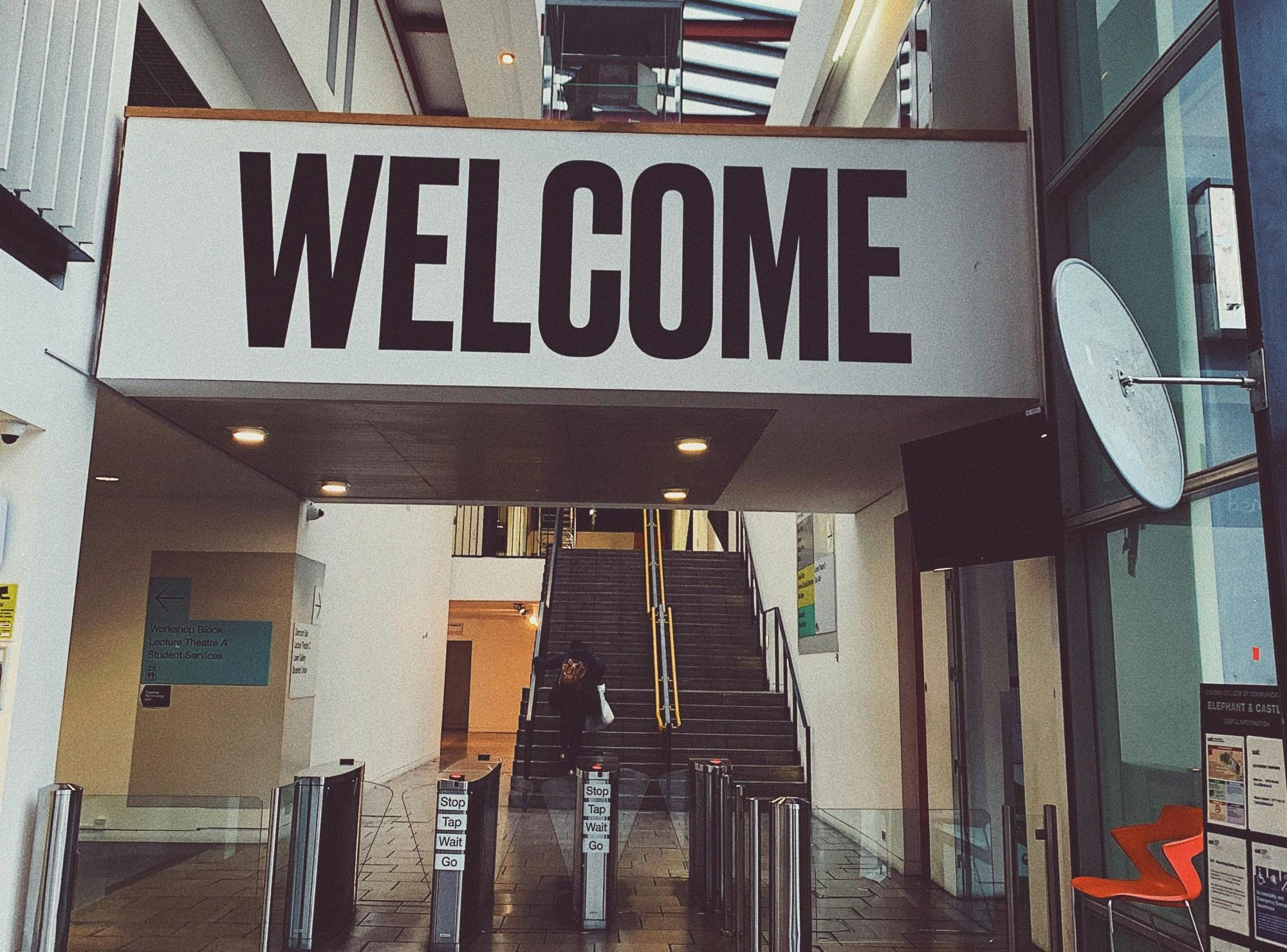Google. LinkedIn. Netflix. Facebook. Uber. Zappos. Do you know what is common among all these brands? They know the secret sauce to perfect employee onboarding. In fact, these companies are so good at welcoming new hires and also at retaining them that they enjoy an extremely low attrition rate.
A study by TINYpulse, an employee experience company, also found that 69% of new hires remain with the company if there is a well-structured onboarding program. A well-structured onboarding process not only helps employee retention but also contributes to organizational growth.
As a recruiter, crafting the perfect employee onboarding process is not going to be an easy task. Amidst the mountains of paperwork and rallying between teams and candidates for interview drives, the thought of onboarding can take a backseat.
Want to know how to make your employee onboarding process less taxing for you yet impressive for your new hire? Here are some best practices that will help you with that.
Make the first day count
There are a couple of things that can be done within the few hours of the first day that can feel the new hire right at home. Apart from the regular routine of showing them their desk and issuing ID cards, ensure that they are paired with up at least one person from the team. That person can act as an anchor through whom the new hire can know more about their roles and responsibilities.
If possible, keep the entire team in the loop as well. Schedule a lunch meeting during which the employee can be introduced to the entire team members with whom they will be working. Also, be proactive in providing the new employee information about the company and paperwork required to make them an official part of the organization.
Keep workspace prepared
Modern workspaces are not restricted to cubicles and desktops. Nevertheless, it is necessary that you keep a designated place for your new hire ready. This includes keeping the PC/laptop, phone devices, network access, notepads, and other work tools ready for use.
The idea is to make the employee productive as early as possible. Time wasted setting up the workspace after the new hire has joined is productive time wasted for the employee. Also, it reflects poorly on the planning and organization capabilities of the onboarding/recruiting team. Keeping the workspace proactively ready will make it easy for the new employee to hit the ground running quickly.
Introduce organizational culture
Millennials are a generation of workers who are driven by culture. Before accepting a job offer, they are keen to research a company’s purpose, its vision, and, most importantly, its culture code. The unique set of values and procedures that a company follows in its operations is more important to millennial employees than a fancy office, a long history of business existence, compensation, etc..
Hence, it is necessary that every new employee you onboard is introduced to the organizational culture. It will help them connect to the organization as an individual and contribute their level best. ZocDoc, an appointment booking service, has a culture code that says, “patients first, great people, speak up, own it, us before me, work hard, make work fun.” This culture code itself is enough to make a new employee understand how to behave and approach everyday scenarios within the organization.
If your organization has a culture code of its own, ensure that the new hires are introduced to it at the earliest.
Set up training programs
Fifty-one percent of employees would quit their job if training was not offered, says Udemy’s research. Despite the wealth of experience and academic proficiency, new hires require know-how and technical training to get attuned to your organization.
Especially if your organization uses specific tools for accounting, marketing, sales, or any other function, it is necessary that they are given a walkthrough of the tools and how they work. Setting up training programs will make the new employees feel more welcome and actively engaged in their roles. The training will also reduce the mistakes that new hires make, thereby increasing overall productivity.
Set clear expectations
Do you know why most new hires fail to rise up to expectations? Because they are not communicated in the first place. If clear expectations about role responsibilities and performance goals are not set, new hires will feel like ships lost at sea. They need to be given directly to enable them to bring their best skills to the table.
The employee onboarding process is the right opportunity to set clear expectations. An exclusive meeting for goal-setting, timeline planning, and performance evaluation can be fixed to give the new hire a direction.
What’s next…
Employee onboarding is a new beginning, both for the new employee as well as for the organization. If done right, it will give the employee a kickstart that will put things into motion. And, it all begins with the first day. Make sure you give a memorable first day by welcoming the new hire, introducing them to the team, and showing them to their designated place.
Do keep in mind that introducing them to the organizational culture is as important as any other process. Additionally, expectations must also be set for the next month or quarter so that both sides can progress towards bigger goals.
